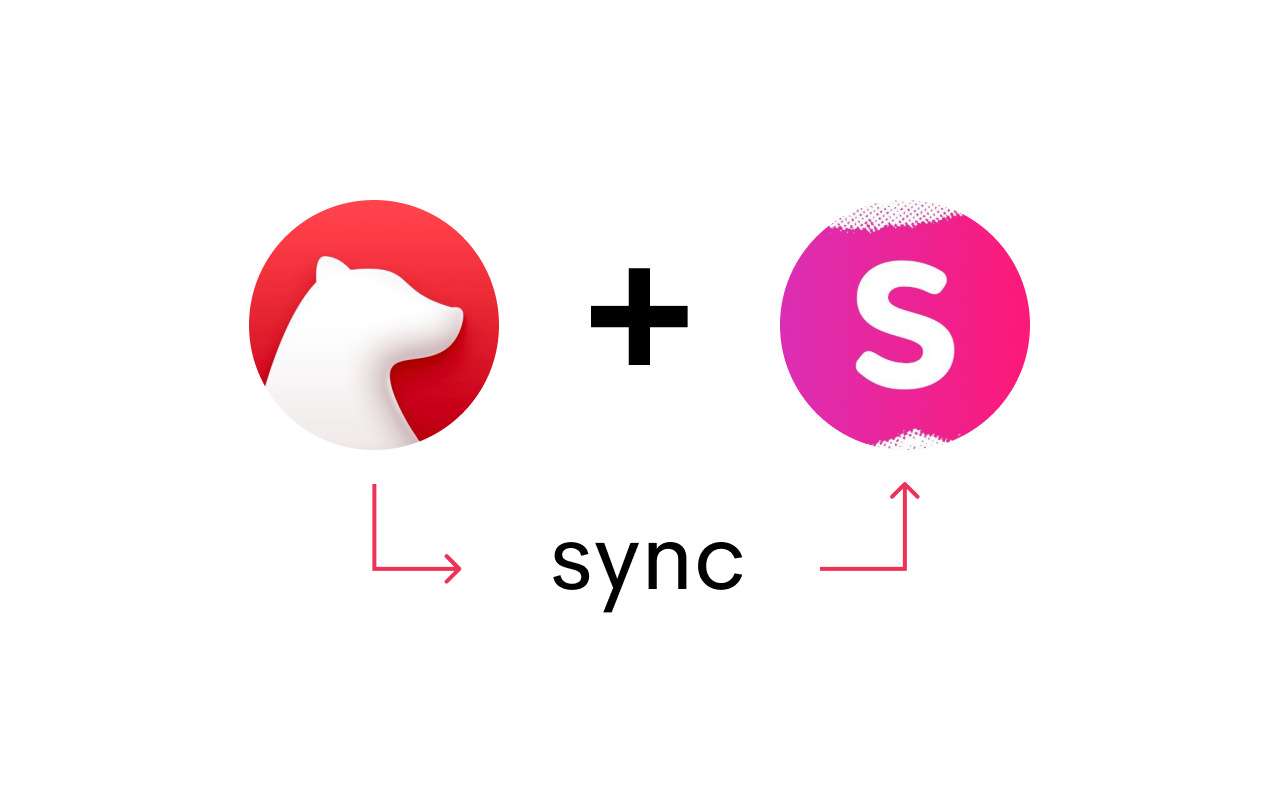Docs
Setup
-
The
bearhub.phpconfig file publishes by default, but you can also do so manually usingphp please vendor:publish --tag=bearhub. -
Syncables — Create a connection between a Bear Parent Tag and your Statamic Collection:
// config/bearhub.phpreturn [ 'syncables' => [ // ⬇️ This is the Bear Parent Tag. All Bear notes that contain this tag will be synced. 'myblog' => [ 'collection' => 'articles', // The name of your Statamic collection 'fields' => [ // Define the fields of your collection. 'title' => 'mytitle', // Remove line to use default: 'title' 'content' => 'mycontent', // Remove line to use default: 'content' 'taxonomy' => 'topics', // Remove line to disable taxonomy term synchronization ], ], // Set up as many as you want ... ]]-
(optional) If you want to run a console command instead of using the control panel, be sure to set the
BEARHUB_AUTHOR_EMAILenv variable to an existing user's email address. -
(optional) If you want to enable the BearHub widget inside your control panel's dashboard, open the
cp.phpconfiguration file and add the following to thewidgetssection:
[ 'type' => 'bearhub', 'width' => 50,],Tagging Content with Taxonomy Terms
BearHub makes use of Bear’s nested tags.
In the syncable section above, you have set up a connection using a specified parent tag. Tags you created as a hierarchical child tag will be used as taxonomy terms for your collection entries. It sounds complex, but it’s straightforward. Here is an example using the configuration from step 2:
myblog is your parent tag which is synced with your articles. Now, to tag an article with the news taxonomy term, add a nested tag like myblog/news to your notes or to the meta section (see below).
The Meta Section
The meta section starts with a configurable meta separator, a string after which everything is written will be excluded from the main content:
Your main content here ==== Everything written below the meta separator `====` will be excluded from the main content. You can configure it to your preference in the `bearhub.php` config file. #myblog (Bear Parent Tag)#myblog/news #myblog/tech #myblog/global (`news, tech and global` are recognized as taxonomy terms)#published (Action Tag: mark the entry as published) ...This is useful for:
- Tagging the article with the Bear Parent Tag
- Using nested tags to apply taxonomy terms
- Adding additional drafts or notes that are only meant for you to see
Action Tags
published: Notes tagged with this tag will mark the Statamic entry as published
You can configure action tags to your preference in the bearhub.php config file.
Markdown
By default, your notes are written using Bear's own Markup Language called Polar. To have Bear and Statamic talk the same language, you most likely want to enable Bear's Markdown Compatibility Mode in the app's settings:

